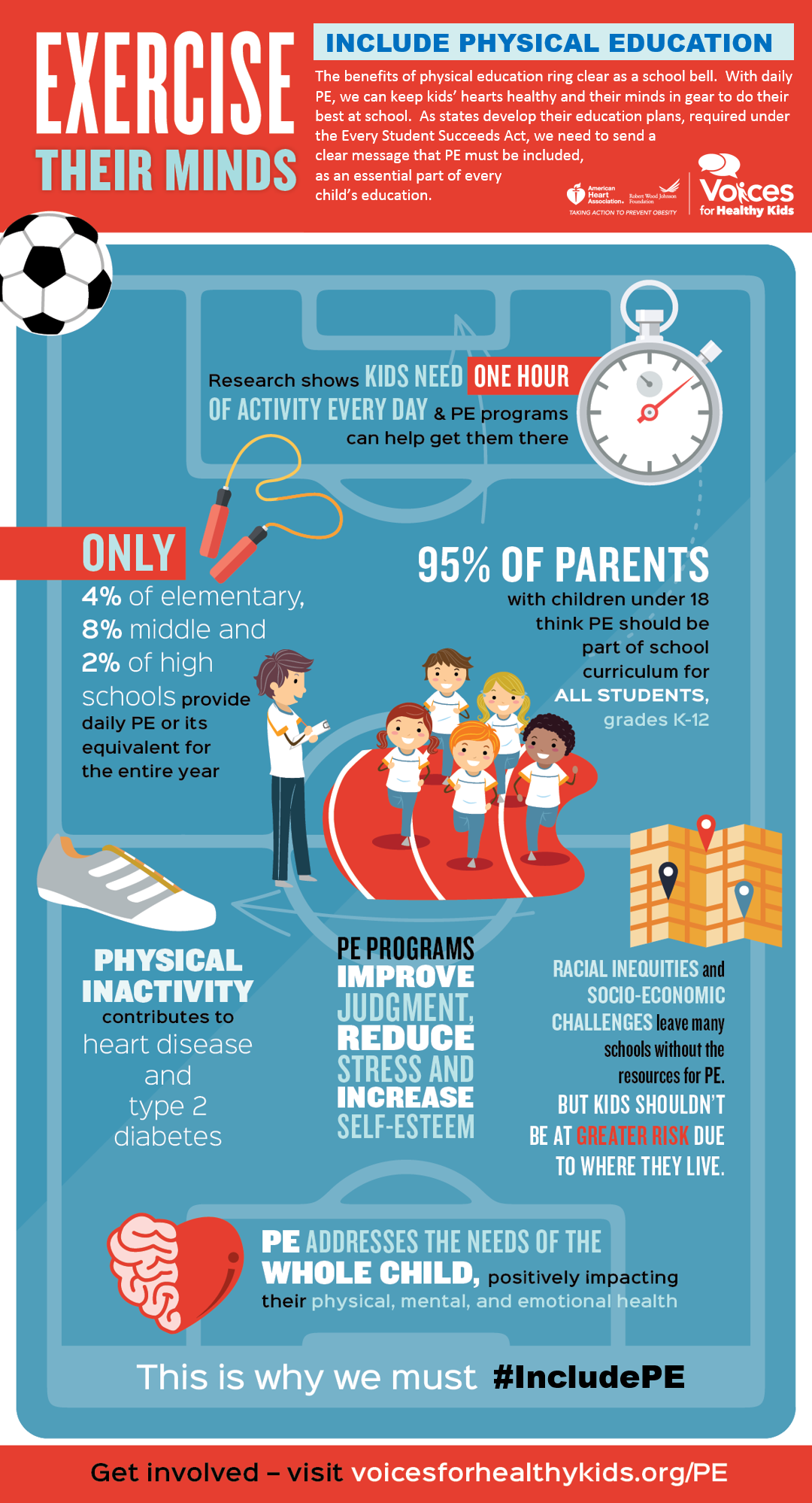PE programs in schools involve movement produced by the contraction of skeletal muscles. These activities substantially increase energy expenditure. Physical activity during PE programs is promoted through intramural and athletic programs. Moreover, recess periods provide students with a time to engage in unstructured physical activity. Some research suggests that students who engage in PE programs are more engaged in class activities. This may lead to better academic results. Besides, PE also improves students’ health and social development.
PE helps children develop socially
Studies have shown that physical education (PE) can improve children’s communication skills. Children are taught how to take turns, respect others, and resolve conflict. These skills are transferred outside of the PE programme. Despite this, children still demonstrate verbal aggression in class. However, some students report that their PE classes have helped them become more open and approachable. This could be a result of PE’s role in social development.
There are several benefits of participating in regular physical activities, including lower stress levels and increased self-esteem. Furthermore, PE promotes healthy lifestyle and creativity. Physical activities promote positive character traits in children. These characteristics can lead to supportive teammates and respectful competitors. These positive character traits also enhance the child’s social skills. PE helps children develop socially. Despite the benefits, many children don’t get the chance to develop these traits in their early years.
PE helps students reach their physical potential
A good PE program helps students develop their overall health, self-esteem, and independence. It also promotes teamwork, self-discipline, leadership skills, and sportsmanship. A quality PE program also develops students’ self-esteem, social skills, and sense of fairness. Ultimately, a good PE program benefits the student’s emotional, mental, and physical well-being. Students who take advantage of this type of instruction achieve better school and personal performance.
Research suggests that physical education improves the cognitive performance and academic achievement of adolescents. It also improves kinesthetic learning and fosters socialization between students, teachers, and coaches. Good teachers make physical education fun and memorable. Good physical education programs prepare students for a wide range of activities and events. Despite this, there are a few common barriers to implementation. Read on to learn more about some of them.
PE promotes health
School-based physical education (PE) can improve student health in several ways. Students gain physical activity and learn about health and fitness through physical activity, which has many benefits for both the individual and the community. The curriculum is designed to meet a range of learning styles and abilities, including a wide variety of sports, gym equipment, and outdoor activities. PE classes are taught by specialists in physical education and include both traditional and nontraditional activities.
A recent study evaluated the effects of PE on cardiorespiratory fitness. Students engaged in low and high-intensity activities during their PE lessons, and the amount and frequency of activity were not sufficient to attain fitness gains. Some teachers, aiming to improve HR, may deliver lessons of high-intensity exercise, such as running or cycling, which may increase students’ heart rates but have limited educational value. Further, such lessons undermine other efforts to increase participation in physical activity.
PE improves academic performance
The importance of physical education is clear. Students can improve their academic performance through physical activity, and a recent study has revealed that it improves children’s brain function. Physical activity also contributes to overall academic achievement, a study published in the journal Nature revealed. It is important for schools to include physical activity in the curriculum, but time is often limited by the need to increase STEM learning. Schools can incorporate physical activities into the classroom by allotting a small amount of time in between classes, which is equivalent to ample time for activity.
The value of physical education has been proven by numerous studies, but the question remains how much time should be spent on it. The answer lies in the content of the curriculum. The National Association of State Boards of Education (NASBE) recommends that children have two hours of physical education per week. To ensure that schools provide a high-quality program, the government should provide teachers with the necessary training. The government can also provide schools with the necessary equipment and facilities for successful physical training programs. Another idea for ensuring that all children get enough physical activity is to make it compulsory and examinable in schools.

